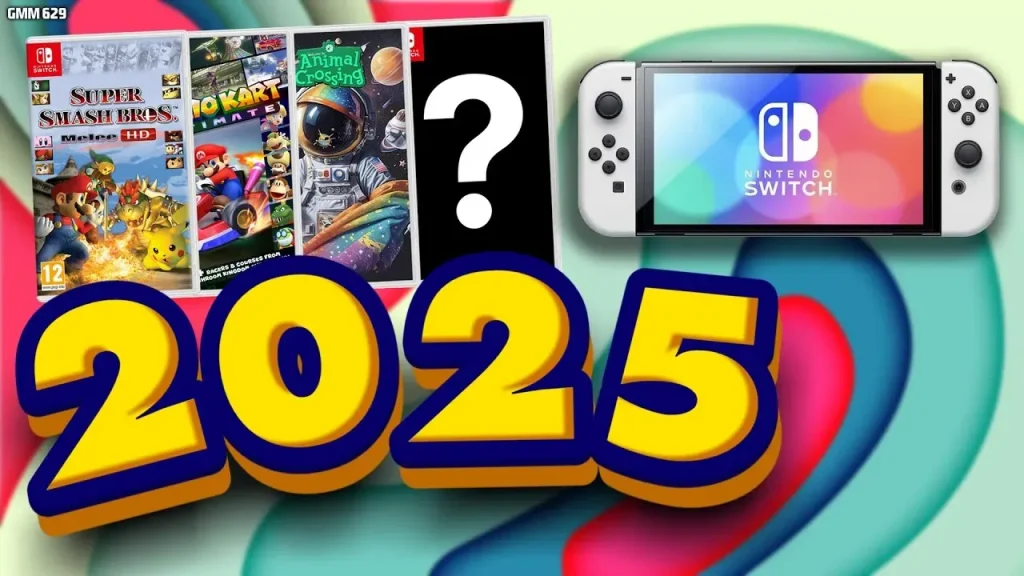Gaming in 2025 signals a shift from flashy trailers to immersive ecosystems where technology, behavior, and design redefine where we play. From cloud gaming 2025 lowering hardware barriers to cross-platform play, the landscape feels more accessible and social than ever. VR gaming 2025 continues to push immersion with lighter headsets, smarter tracking, and hybrid experiences that blend real and virtual spaces. The PC platform remains a hub for performance, modding, and long-tail communities, while gear and peripherals evolve with AI-assisted features. Amid rapid change, developers and players alike seek value, accessibility, and trust as the backbone of sustainable growth.
From a broader perspective, the 2025 gaming landscape centers on cloud-enabled access and device-agnostic play that lets players pick up where they left off. Across devices—the phones, laptops, consoles, and standalone XR devices—the focus is on seamless progression, social features, and sustainable monetization. Developers are leveraging AI-assisted tools, live services, and indie-friendly storefronts to reach diverse audiences while maintaining player trust. The ecosystem is defined by cross-platform compatibility, streaming efficiencies, and immersive formats that blur lines between cinema, playground, and competitive arenas.
Gaming in 2025: Trends, Gear, and Growth
Gaming in 2025 is less about the flash of a new GPU and more about how technology, accessibility, and creative design intersect to redefine when, where, and how we play. This year’s trajectory draws from gaming trends 2025, cloud gaming 2025, and VR gaming 2025 to push immersive experiences beyond traditional hardware, expanding reach through edge computing and smarter monetization that rewards ongoing engagement.
On the hardware front, PC gaming 2025 remains a core engine for performance enthusiasts while the gear ecosystem—gaming gear 2025—embraces AI-assisted peripherals, ergonomic design, and synchronized lighting that blends with other devices. Cloud gaming 2025 acts as a bridge for players with modest setups, letting mid-range laptops or tablets unlock high‑fidelity titles without sacrificing accessibility, and reinforcing how the broader ecosystem adapts to a more inclusive gaming landscape.
Platform Shifts and Content Delivery in 2025
Platform shifts are expanding who can play and how they stay engaged. Cloud gaming 2025 lowers hardware barriers for casual players, while PC gaming 2025 remains the hub for performance, modding, and competitive ecosystems. Cross-platform progress, live services, and cross-save bring new depth to multiplayer experiences across devices, aligning incentives for developers and players to invest in ongoing content and social hubs.
Indie developers and creators thrive as cloud-based tools, streaming analytics, and smarter monetization models democratize distribution. The growth of the gaming industry in 2025 is powered by sustained engagement across VR gaming 2025 experiments, hybrid monetization, and content pipelines that reward iteration and player trust, ensuring communities stay vibrant across genres, platforms, and geographic regions.
Frequently Asked Questions
How is cloud gaming 2025 transforming Gaming in 2025, and what should players consider when choosing devices and services?
Cloud gaming 2025 lowers hardware barriers by streaming games from data centers, letting you play on modest laptops, tablets, or smartphones. With latency improvements, edge computing, and adaptive streaming, high‑fidelity experiences become more accessible, but a stable internet connection and compatible controllers remain essential. For Gaming in 2025, focus on internet quality, service plans, and cross‑platform access to maximize your overall experience.
What gear priorities in gaming gear 2025 will best support PC gaming 2025 and VR gaming 2025 experiences?
In Gaming in 2025, gear priorities center on performance, comfort, and interoperability. For PC gaming 2025, invest in a capable GPU/CPU, fast storage, ample RAM, and a high‑refresh‑rate monitor; for VR gaming 2025, choose headsets with comfortable design, solid tracking, and reliable haptics. Peripherals with adaptive triggers, ergonomic keyboards, and customizable mice help across titles, while energy efficiency and cross‑device compatibility future‑proof your setup.
| Topic | Key Points |
|---|---|
| Introduction to the landscape |
|
| Trends driving Gaming in 2025 |
|
| Gear and hardware: what to watch in 2025 |
|
| Platform shifts and content delivery |
|
| What this means for gamers and creators in 2025 |
|
| Monetization, community, and trust in the era of Gaming in 2025 |
|
| Practical guidance for players and teams |
|
| Looking ahead: what could shape Gaming in 2025 even further |
|
Summary
Conclusion paragraph placeholder

